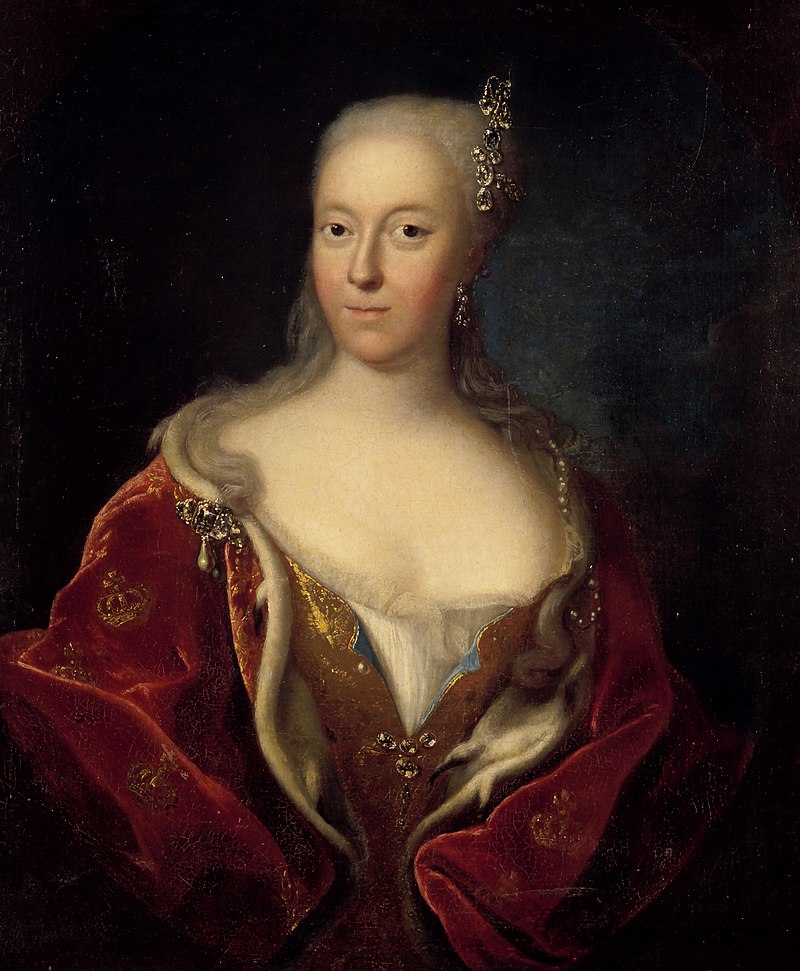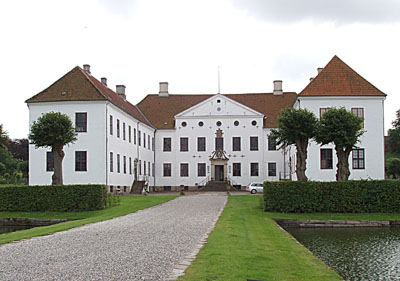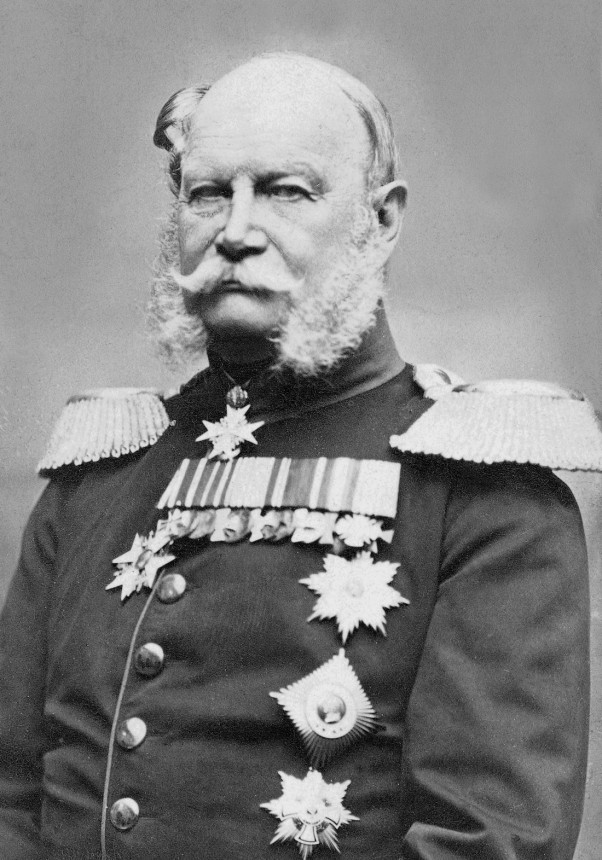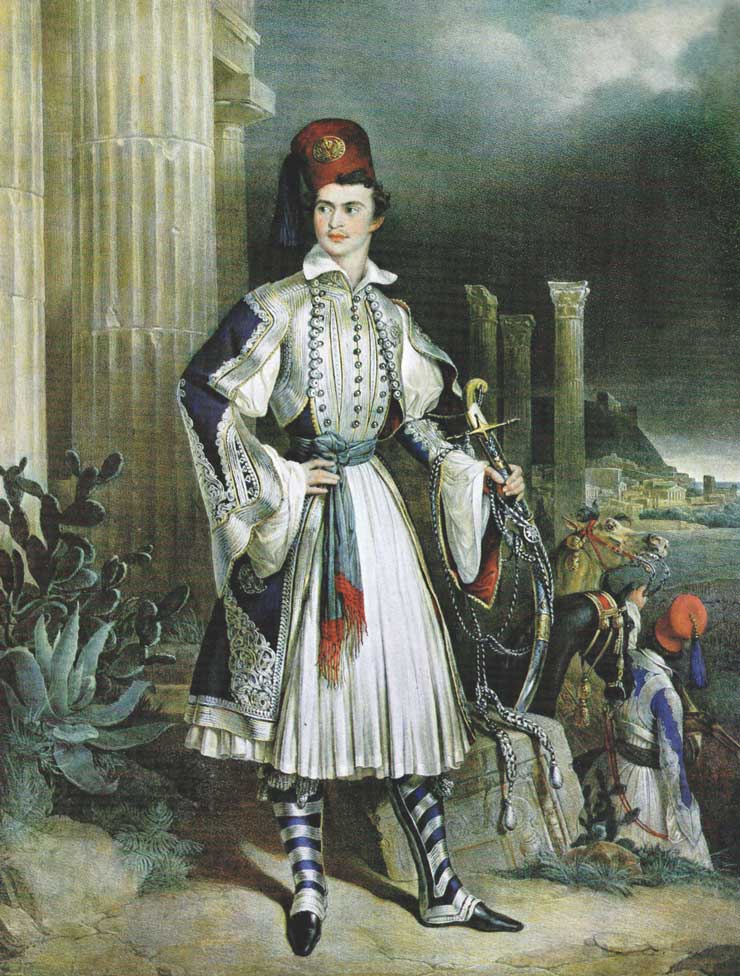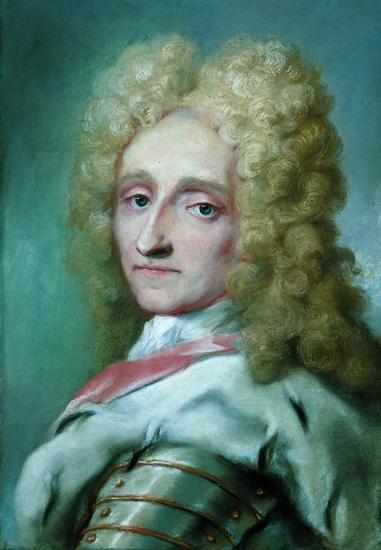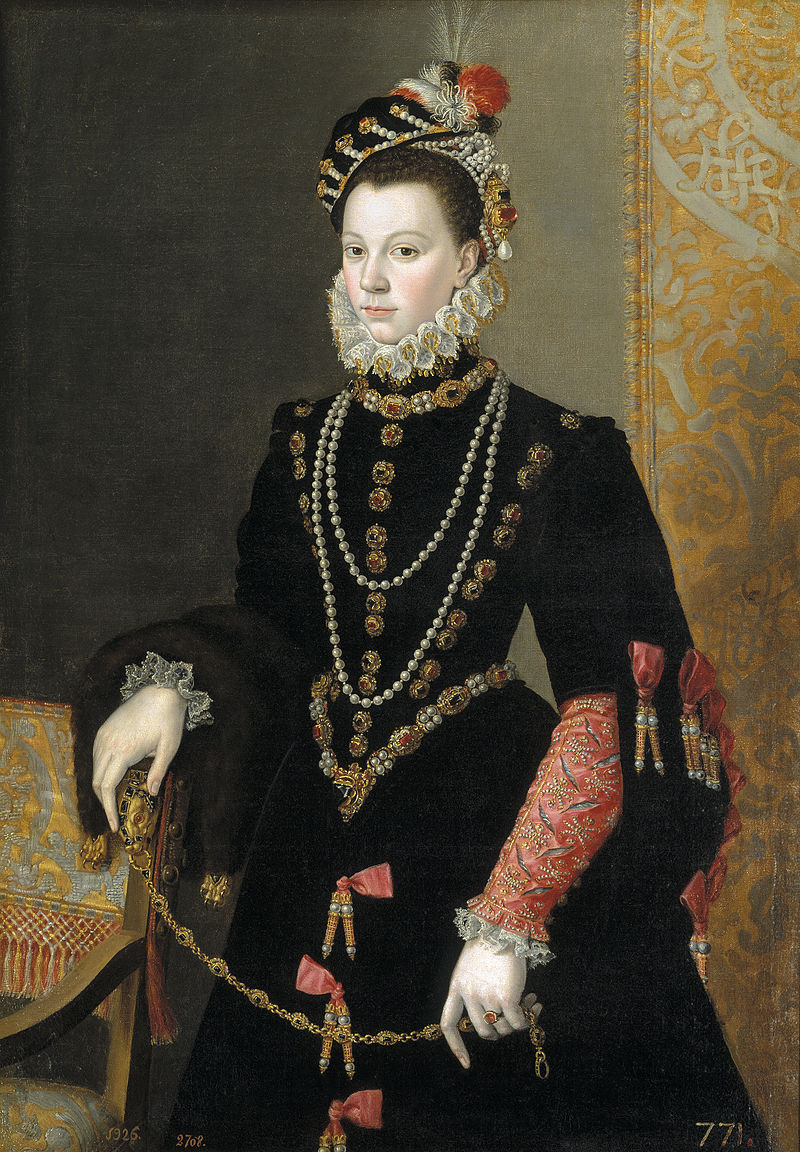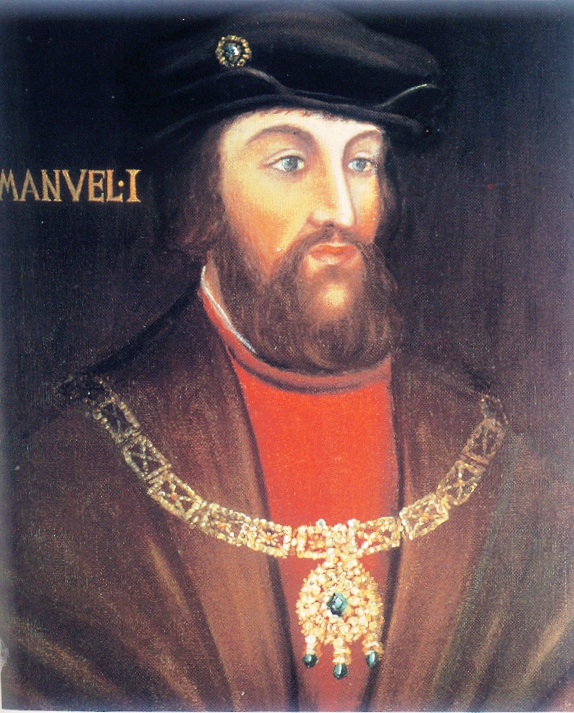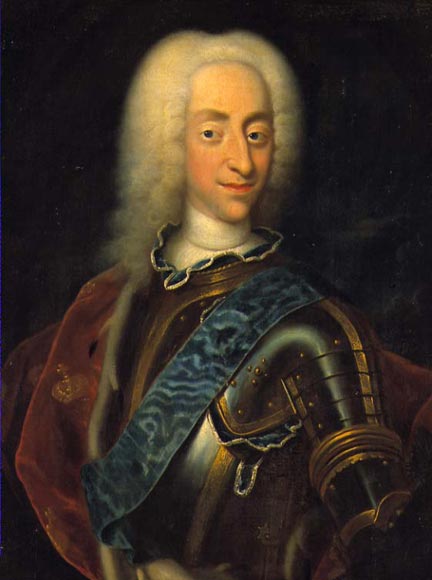by Susan Flantzer © Unofficial Royalty 2020
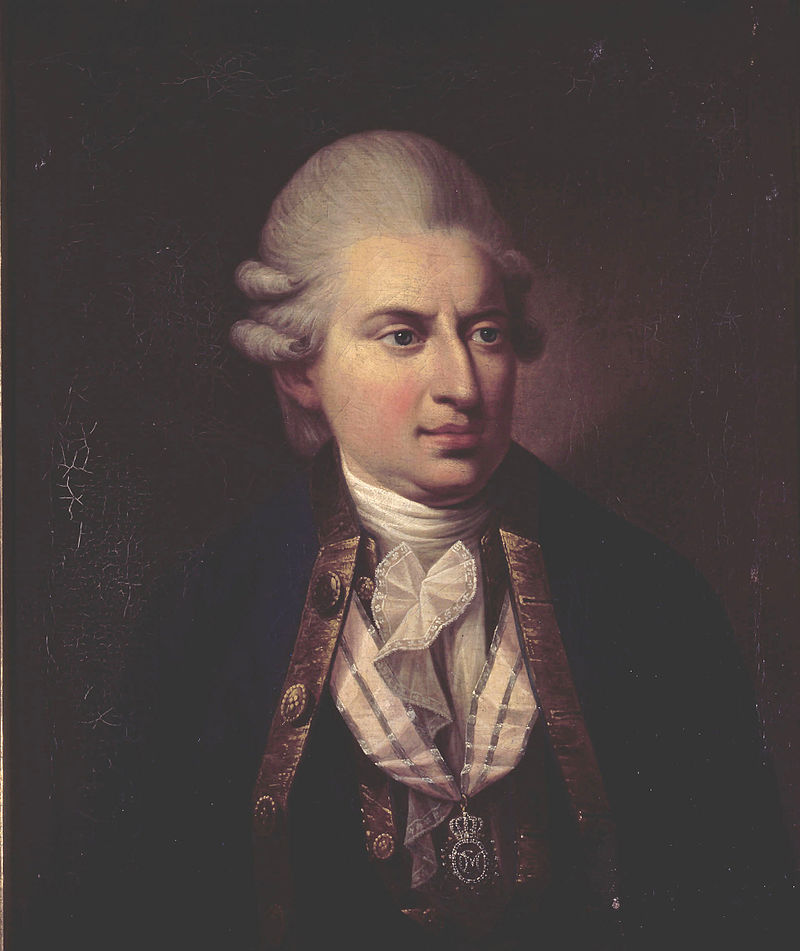
Johann Friedrich Struensee, Credit – Wikipedia
The scandalous story of King Christian VII, Queen Caroline Matilda, and Johann Friedrich Struensee has been told in several novels including Norah Loft’s The Lost Queen (1969) and Per Olov Enquist’s The Visit of the Royal Physician (1999) and also in the Danish film A Royal Affair (2012) which was nominated for the Academy Award for Best Foreign Language Film and starred Academy Award-winning supporting actress (for The Danish Girl) Alicia Vikander as Queen Caroline Matilda.
Johann Friedrich Struensee was born on August 5, 1737, in Halle, Kingdom of Prussia, now in the German state of Saxony-Anhalt. He was the third of the seven children and the second of the four sons of Adam Struensee (link in German) and Maria Dorothea Carl.
Struensee had six siblings:
- Sophie Elisabeth Struensee (1733 – 1768), married her cousin Samuel Struensee
- Carl August Struensee (link in German) (1735 – 1804), Prussian Minister of Finance, married Karoline Elisabeth Müller, had three daughters
- Samuel Adam Struensee (born 1739), died young
- Maria Dorothea Struensee (1744 – 1820), married Wilhelm Alexander Schwollmann
- Johanna Henrietta Struensee (born 1745), died young
- Gotthilf Christoph Struensee (link in German) (1746 – 1829), married unknown wife
Struensee’s mother Maria Dorothea Carl was the daughter of Johann Samuel Carl, (link in German) the personal physician of Ludwig Ferdinand, Count of Sayn-Wittgenstein-Berleburg. In 1736, Carl became the personal physician of King Christian VI of Denmark and Norway and also served as personal physician to Christian VI’s son and successor King Frederik V of Denmark and Norway. Struensee’s father Adam Struensee was a Lutheran minister who adhered to Pietism, a movement that originated in the Lutheran Church in the 17th century in Germany that stressed personal piety over religious formality and orthodoxy. Adam Struensee was a pastor in Halle and a professor of theology at the University of Halle. In 1758, he accepted the position as pastor of Trinity Church in Altona, now in Germany, but then under the administration of the Danish monarchy. In 1760 Adam Struensee became superintendent-general (similar to a bishop) of the Duchy of Schleswig-Holstein, then part of Denmark.
In 1752, at the age of fifteen, Johann Friedrich Struensee entered the University of Halle and graduated as a Doctor in Medicine on December 12, 1757. He moved with his parents to Altona in 1758 and took a low-paying position as a public physician. In Altona, Struensee fought the spread of epidemics by improving hygiene and introducing the smallpox vaccination. In 1760, he was appointed physician of the County of Rantzau and in that position, he also treated bourgeois and noble patients. Struensee began to publish articles in medical journals. In his articles, he wrote about the links between lack of education, poor hygiene, and diseases in poor neighborhoods and recommended reforms. He believed that the government had a duty to ensure the health and education of its citizens. Struensee also believed that this care should apply to unmarried mothers and the mentally ill. Over time, Struensee earned a good reputation with the Schleswig-Holstein nobility. In 1768, because he was known for a new kind of therapy for mental illness, Struensee was called to treat 18-year-old King Christian VII of Denmark and Norway while he was staying in Altona.
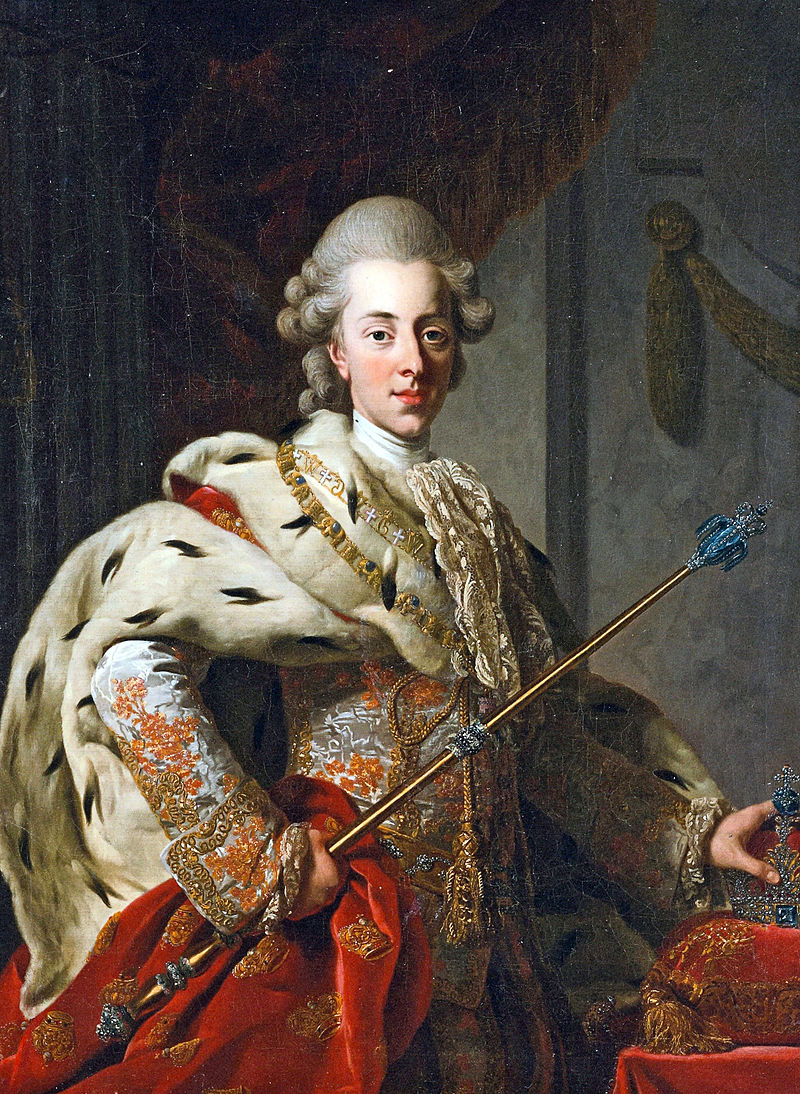
King Christian VII of Denmark and Norway; Credit – Wikipedia
When King Christian VII was not quite two years old, his mother Queen Louisa, daughter of King George II of Great Britain, died at age 27 due to complications from a miscarriage. The next year, his father King Frederik V of Denmark and Norway made a second marriage to Juliana Maria of Brunswick-Wolfenbüttel. By all reports, Christian seemed to be an intelligent child and was taught in Danish, German, and French. However, he had a nervous disposition and was poorly educated and terrorized by a brutal governor, Christian Ditlev Reventlow, Count of Reventlow.

Queen Caroline Matilda; Credit – Wikipedia
In 1766, Christian VII succeeded to the Danish and Norwegian thrones after the early death of his father at age 42. Since there was a connection between the British and Danish royal families and both families were Protestant, it was natural that a British bride should be sought for Christian. The choice fell upon fifteen-year-old Princess Caroline Matilda, his first cousin, the daughter of Christian’s deceased maternal uncle Frederick, Prince of Wales. On October 1, 1766, a proxy marriage was held at St. James’s Palace in London, with Caroline Matilda’s brother King George III standing in for King Christian VII. Caroline Matilda arrived in Copenhagen on November 8, 1766, and married Christian in person later that day in the Christiansborg Palace Chapel in Copenhagen, Denmark.

A copperplate engraving depicting the first dance of King Christian VII and Queen Caroline Mathilde of Denmark at their wedding at Christiansborg Palace; Credit – Wikipedia
It was soon clear that Christian VII was not quite normal. It is unknown if Christian’s mental illness was caused by the brutal treatment of the Count of Reventlow, possible porphyria inherited from his Hanover mother, or schizophrenia. Christian’s behavior wandered into excesses, especially sexual promiscuity. He publicly declared that he could not love Caroline Matilda because it was “unfashionable to love one’s wife”. His symptoms included paranoia, self-mutilation, and hallucinations. Christian wandered the streets of Copenhagen visiting the city’s taverns and brothels with his favorite Count Frederik Vilhelm Conrad Holck. It was becoming clearer and clearer that Christian could not fulfill his role as king.
In May of 1768, Christian VII took a long tour of Europe, including stays in Altona, Paris, and London. The trip had been arranged because it was believed that new environments could change Christian’s behavior. It was on this journey that he became acquainted with Johann Friedrich Struensee. Struensee was the first person who understood that Christian was seriously ill. When Christian came home from the trip, Struensee accompanied him and was employed as Christian’s personal physician. Struensee could handle Christian’s instability, which was a great relief to the king’s advisers, and Christian developed confidence in him.

Princess Louise Auguste of Denmark, probably the child of Queen Caroline Matilda and Johann Friedrich Stuensee; Credit – Wikipedia
Because of Christian VII’s confidence in him, Struensee gained political power. In 1770, Struensee became Master of Requests and Minister of the Royal Cabinet. Within a short time, Struensee tried to reform the Danish state in the spirit of the Enlightenment. He also became the lover of the ill-treated Caroline Matilda, whose marriage was less than satisfactory. In 1771, when Caroline Matilda gave birth to her daughter Louise Auguste, no one doubted that Struensee was the father of the princess, who was given the unflattering nickname la petite Struensee, although Christian VII officially acknowledged her as his daughter. Eventually, Queen Dowager Juliana Maria maneuvered a coup that would bring about the fall of Struensee and discredit Caroline Matilda.

Contemporary woodcarving of the arrest of Struensee; Credit – Wikipedia
Early on the morning of January 17, 1772, following a ball at the court theater at Christiansborg Palace, Christian VII was awakened and forced to sign orders for the arrest of Struensee, his friend Count Enevold Brandt, and Caroline Matilda. Caroline Matilda was immediately taken to Kronberg Castle in Helsingør, Denmark, immortalized as Elsinore in William Shakespeare’s play Hamlet, to await her fate. She was allowed to keep her daughter with her, but the four-year-old Crown Prince Frederik stayed with his father. Upon hearing of Caroline Matilda’s arrest, Struensee confessed to his relationship with her, and eventually, Caroline Matilda also confessed. 34-year-old Struensee and his friend Brandt were condemned to death and both suffered a brutal execution on April 28, 1772. In the presence of thousands of people, their right hands were severed first, then their bodies were broken on the wheel, and finally, they were beheaded. Struensee’s parents were both still alive when he was executed.

Johann Friedrich Struensee and his friend Count Enevold Brandt are beheaded; Credit – Wikipedia
The bodies of Stuensee and Brandt were put on public display at the execution site for two years until only their bones were left. Exactly what happened to their remains is unknown. By tradition, it is said that Struensee and Brandt’s remains were buried at the Vestre Cemetery in Copenhagen and that in the 1920s, their coffins were placed in the burial chapel under the German-speaking St. Peter’s Church in Copenhagen However, according to St. Peter’s Church, Struensee and Brandt are not in the burial chapel, but are buried in the churchyard. There has never been an investigation to determine if Struensee and Brandt are buried at St. Peter’s Church.
Queen Caroline Matilda was also punished. Her marriage was dissolved on April 6, 1772. She lost her title of Queen and was forcibly separated from her children whom she never saw again. Caroline Matilda was not quite 20-years-old. Originally, it was decided that Caroline Matilda was to be held in custody for life at Aalborghus Castle in Aalborg, Denmark, but her brother King George III intervened. King George III sent Sir Robert Murray Keith, a British diplomat, to negotiate her release from Danish imprisonment. On May 28, 1772, Caroline Matilda was sent to Celle in her brother’s Kingdom of Hanover and lived the rest of her life at Celle Castle. Her imprisonment was not to last long. Caroline Matilda died of “a putrid fever and sore throat,” probably scarlet fever, on May 10, 1775, at the age of 23. She was buried at the Stadtkirche St. Marien (link in German) in Celle next to her great-grandmother Sophia Dorothea of Celle, Electoral Princess of Hanover, wife of the future King George I of Great Britain, who suffered a similar fate.
After the fall of Struensee, Christian VII’s stepmother Dowager Queen Juliana Marie and her son, Christian’s half-brother Hereditary Prince Frederik reinstated the Council of State. Christian was only nominally king from 1772 onward. Between 1772 and 1784, Denmark was ruled by Queen Dowager Juliana Marie, Hereditary Prince Frederik, and Cabinet Secretary Ove Høegh-Guldberg. From 1784, Christian’s son, the future King Frederik VI, ruled permanently as a prince regent.
Christian lived in isolation with a caretaker. When he was behaving too violently, he was locked up in his room or tied to his chair. His only involvement with the government was when he had to sign “Christian Rex” on formal papers. On March 13, 1808, in Rendsburg, Schleswig (then in Denmark, now in Germany) King Christian VII died from a stroke at the age 59. He was buried in Frederik V’s Chapel at Roskilde Cathedral in Roskilde, Denmark.
This article is the intellectual property of Unofficial Royalty and is NOT TO BE COPIED, EDITED, OR POSTED IN ANY FORM ON ANOTHER WEBSITE under any circumstances. It is permissible to use a link that directs to Unofficial Royalty.
Works Cited
- Da.wikipedia.org. 2020. Adam Struensee. [online] Available at: <https://da.wikipedia.org/wiki/Adam_Struensee> [Accessed 8 May 2020].
- Da.wikipedia.org. 2020. Johann Friedrich Struensee. [online] Available at: <https://da.wikipedia.org/wiki/Johann_Friedrich_Struensee> [Accessed 8 May 2020].
- De.wikipedia.org. 2020. Adam Struensee. [online] Available at: <https://de.wikipedia.org/wiki/Adam_Struensee> [Accessed 8 May 2020].
- De.wikipedia.org. 2020. Johann Friedrich Struensee. [online] Available at: <https://de.wikipedia.org/wiki/Johann_Friedrich_Struensee> [Accessed 8 May 2020].
- En.wikipedia.org. 2020. Johann Friedrich Struensee. [online] Available at: <https://en.wikipedia.org/wiki/Johann_Friedrich_Struensee> [Accessed 8 May 2020].
- Flantzer, Susan, 2016. Caroline Matilda Of Wales, Queen Of Denmark And Norway. [online] Unofficial Royalty. Available at: <https://www.unofficialroyalty.com/caroline-matilda-of-wales-queen-of-denmark-and-norway/> [Accessed 8 May 2020].
- Flantzer, Susan, 2016. King Christian VII Of Denmark And Norway. [online] Unofficial Royalty. Available at: <https://www.unofficialroyalty.com/king-christian-vii-of-denmark/> [Accessed 8 May 2020].
- Hadlow, Janice. A Royal Experiment. New York: Picador, 2014. Print.
- Tillyard, Stella. A Royal Affair: George III and His Scandalous Siblings. New York: Random House, 2006. Print.
- Williamson, David. Brewer’s British Royalty. London: Cassell, 1996. Print.

